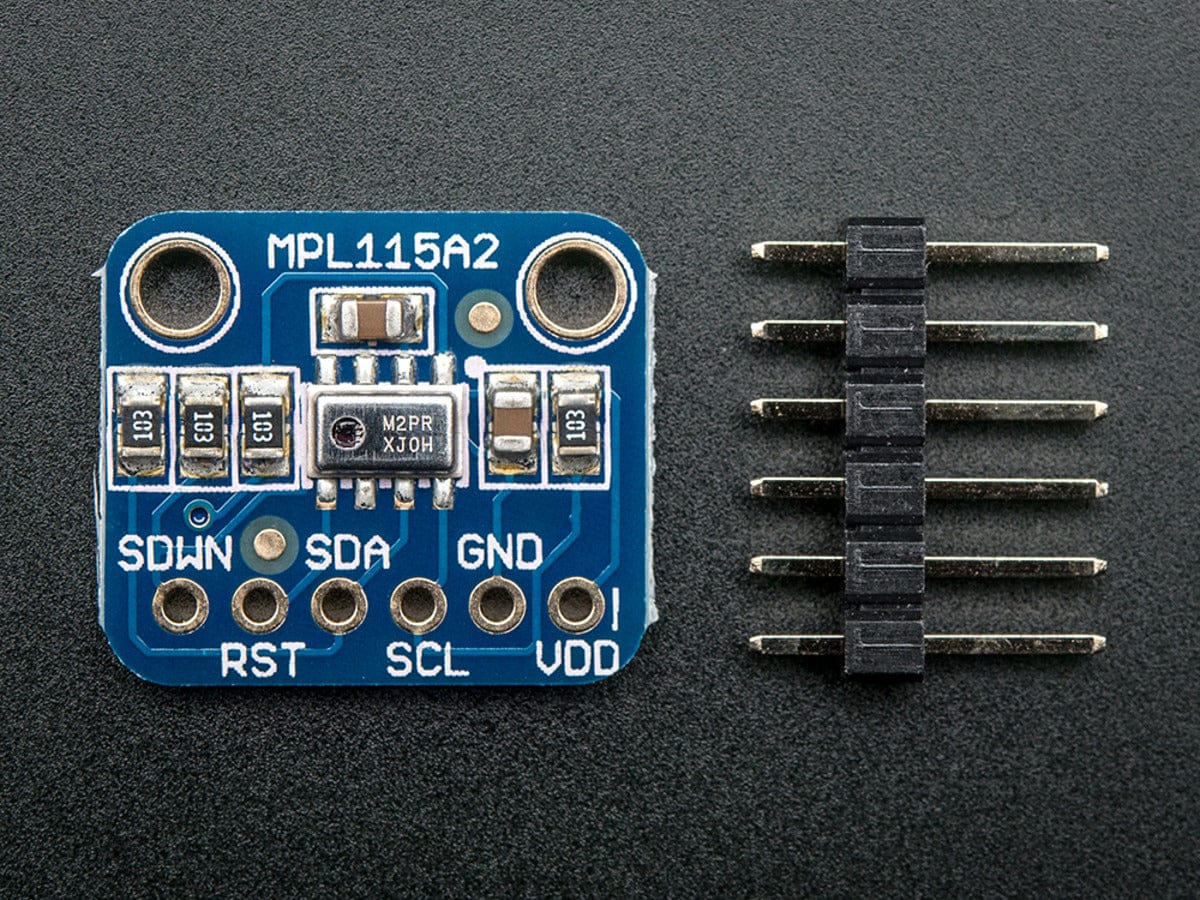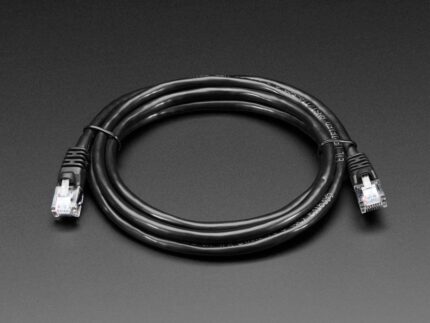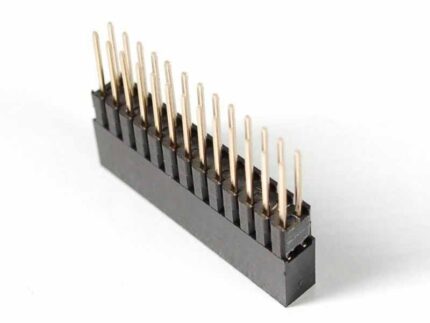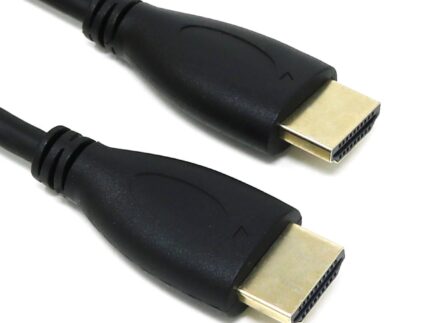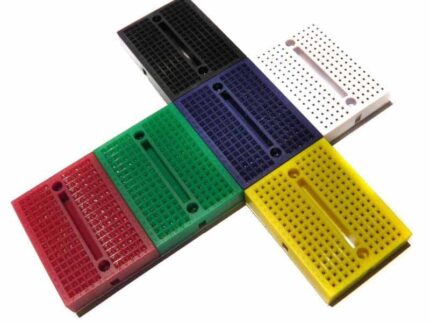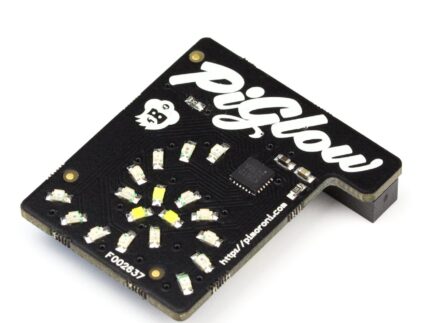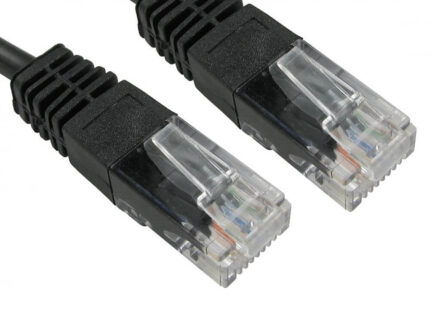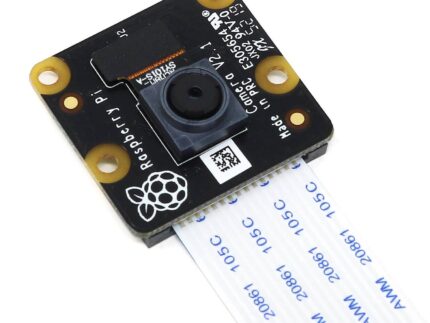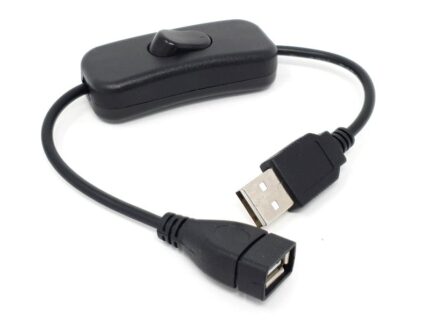MPL115A2 – I2C Barometric Pressure/Temperature Sensor
This pressure sensor from Freescale is a great low-cost sensing solution for measuring barometric pressure. At 1.5 hPa resolution, it’s not as precise as our favorite pressure sensor, the BMx280 series, which has up to 0.03 hPa resolution so we don’t suggest it as a precision altimeter. However, it’s great for basic barometric pressure sensing. The sensor is soldered onto a PCB with 10K pull-up resistors on the I2C pins.
This chip is good for use with power and logic voltages ranging from 2.4V to 5.5V so you can use it with your 3V or 5V microcontroller. There’s a basic temperature sensor inside but there’s no specifications in the datasheet so we’re not sure how accurate it is.
This chip looks and sounds a whole lot like the MPL3115A2 but this is the less precise version, best for barometric sensing only
Using the sensor is easy. For example, if you’re using an Arduino, simply connect the VDD pin to the 5V voltage pin, GND to ground, SCL to I2C Clock (Analog 5 on an UNO) and SDA to I2C Data (Analog 4 on an UNO). Then download our MPL115A2 Arduino library and example code for temperature, pressure and basic altitude calculation. Install the library, and load the example sketch. Immediately you’ll have the temperature, pressure and altitude data printed in the serial console.
Technical Details
- PCB weight: 0.61g
- Vin: 2.4 to 5.5 VDC
- Logic: 3 to 5V compliant
- Pressure sensing range: 500-1150 hPa (up to 10Km altitude)
- 1.5 hPa / 50 m altitude resolution
- This board/chip uses I2C 7-bit address 0x60
MPL115A2 Datasheet
Fritzing object in Adafruit Fritzing library
EagleCAD PCB files on GitHub
Using the sensor is easy. For example, if you’re using an Arduino, simply connect the VIN pin to the 5V voltage pin, GND to ground, SCL to I2C Clock (Analog 5 on an UNO) and SDA to I2C Data (Analog 4 on an UNO). Then download our MPL115A2 Arduino library and example code for temperature, pressure and basic altitude calculation. Install the library, and load the example sketch. Immediately you’ll have the temperature, pressure and altitude data printed in the serial console.
